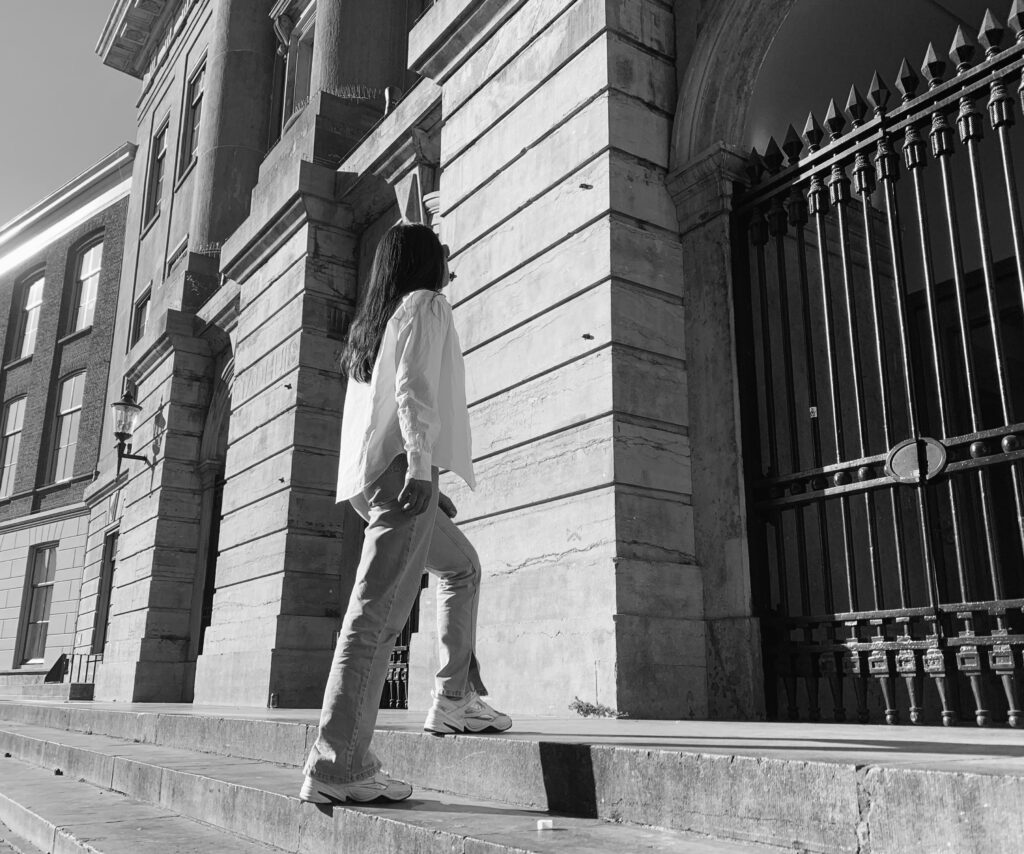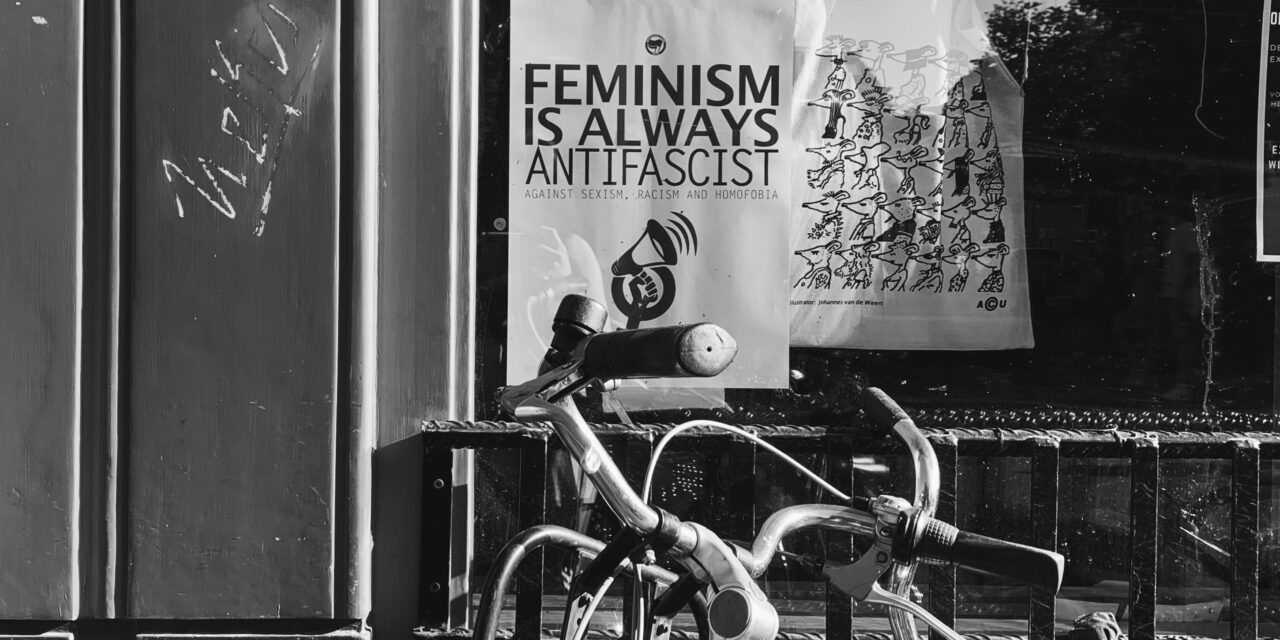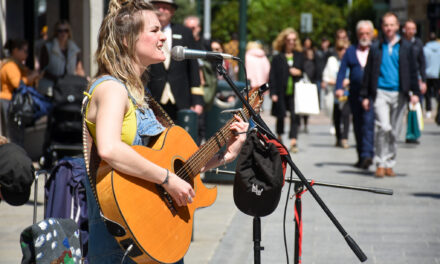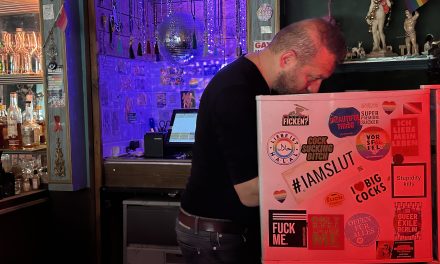Feminist progress comes to a media and social standstill in The Netherlands
“There hasn’t been a day when I haven’t been harassed by tall, blonde, blue-eyed men,” says a Rotterdam resident. Street harassment is one of the consequences of a sexist society that women suffer on a daily basis, and stalkers do not have any certain appearance. According to the StandUP programme, this type of violence has increased rapidly after the beginning of the pandemic. Unfortunately, the Dutch streets are not spared from it.
According to the Cambridge Dictionary, “feminism” means “the belief that women should be allowed the same rights, power, and opportunities as men, and be treated in the same way, or the set of activities intended to achieve this state.” However, media and political pressure has succeeded in linking the feminist struggle with a non-existent ‘misandry’ in this claim, and in historically liberal European countries it has been much more noticeably. As YouGov has already shown in various surveys, the percentage of people who identify themselves as “feminists” is much lower than the percentage of people who support “equality between men and women,” the two terms being synonymous.
Since the beginning of the 21st century, the far right has re-emerged across Europe, bringing with it xenophobic anti-immigration policies, but also sexist and highly populist discourses, reaching even the youngest part of the population. And the Netherlands has been no exception in this fact.
The extreme right has conquered a large part of the Dutch Parliament, and also of the political debate. The Party for Freedom (PVV) and the Forum for Democracy (FvD) do not include any demand for women’s rights in their programme, according to the international organisation Actionaid, and seek the elimination of mechanisms that facilitate equal opportunities for women in public and private affairs, such as quotas, victimising women for their use. At the same time as many scandals have surrounded these parties over sexist remarks, they deny terms such as “feminism,” or even “violence against women,” and fail to invest in resources that offer protection for women, as the Freedom Party did by voting against the Istanbul Convention.
Not surprisingly, the representation of women in these political groups is very low, which has led to a sharp decline in the number of women MPs in the Dutch parliament: 39% of women MPs in 2008 fell to 31% in 2020. And this has been a determining factor in the Netherlands’ drop in the 2020 Global Gender Gap Ranking, from 9th place in 2008 to 38th place in 2020. In addition, the structural sexism of the far-right political power is bringing many other obstacles to Dutch society, which are not measured in the report, but which could set women back in their struggle for parity, such as the limitations in the Dutch abortion law.

Woman entering the town hall in Utrecht. María Ferradas Calzada
Although all this may seem serious, as Sasha Vos —an expert in Liberal Arts and Gender Studies— explains, the main objective of the rest of the political parties is to avoid being sexist, not to fight for new advances for women, nor to punish the proposals of the extreme right. “This issue is not on their agenda,” she says. The Netherlands has a historical image of a tolerant country, due to its liberal origins, and this has made it uncritical of current issues. “Sexist episodes are seen as individual cases in the media, not as a systematic social problem,” says Vos. At this point, society ignores the structural results of the patriarchal system, and there is no general malaise in the population, not even in a segment of it.
The solution to all this backlash should be an insurgent media, charged with igniting the minds of society. But there is no media debate in the Netherlands about the fight for women’s rights, according to journalist Alberto Arnaldo. “Even in the most progressive media, where I have worked, they try to be very neutral, avoiding the word ‘feminism’ because a portion of the audience might understand ‘resenting the male gender’ or ‘misandry.’ It’s a very dirty word here. But they also avoid the term ‘sexism,’ because it confirms a huge structural issue,” Vos announces. However, if the media do not call these real facts by their name and point them out as structural problems, society is unable to become aware of them and, as a result, try to solve them. “This makes it easier to pretend that something is not happening.”
What is more, analysis of the press by the Dutch magazine LINDA shows that the public prefers to read tabloids, and views of serious articles decrease radically. And the same goes for activism: the involvement is not massive as can be seen in countries like Spain during the 8 March demonstration —its capital, Madrid, has seen protests of more than 350,000 people, according to the Spanish Government—, and in the Netherlands it is hardly noticeable. “Women’s rights protests are organised at universities and involve at most fifty people, unlike climate change demonstrations. That’s hardly anything,” says Vos.
On many occasions, civil society has been the initiator of certain media debates, demanding that the media cover their social needs, representing its voice. However, Dutch society seems numb to the struggle for women’s rights, and now, the turn of the Dutch media could be a big boost for feminism in the country.




